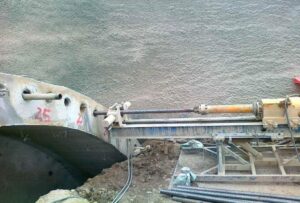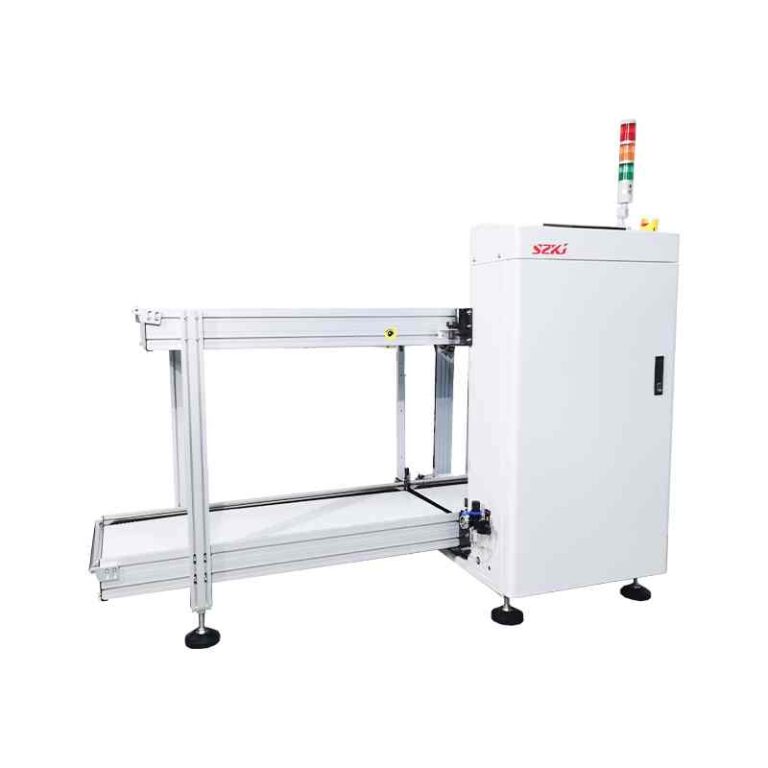Ground anchor bolts are critical components in modern construction, offering stability and strength to a wide range of structures. From securing heavy equipment to supporting towering buildings, these bolts play an essential role in ensuring safety and structural integrity. For contractors, engineers, and even homeowners working on large projects, understanding the applications of ground anchor bolts is key to choosing the right type and specifications.
Why Ground Anchor Bolts Are Essential in Construction
The Foundation of Structural Stability
Ground anchor bolts serve as the unseen yet vital foundation for many construction projects. Designed to transfer loads from structures into the ground, they counteract forces such as wind, seismic activity, and heavy weight. Industry data shows that over 70% of modern infrastructure projects—from highways to high-rise buildings—rely on some form of ground anchoring system. This statistic highlights how widespread their use has become in both residential and commercial construction.Key Applications of Ground Anchor Bolts
1. Securing Building Foundations
One of the most common uses of ground anchor bolts is in fixing building foundations. They ensure that structural loads are evenly distributed into the earth, reducing the risk of settlement or shifting over time.- High-rise buildings:Require anchor bolts with high tensile strength to resist lateral forces caused by wind.
- Residential homes:Often use smaller anchor bolts to stabilize footings, especially in areas with soft soil.
- Temporary structures:Even modular buildings benefit from ground anchoring for added safety.
2. Supporting Infrastructure Projects
Ground anchor bolts are indispensable in large-scale infrastructure, particularly for securing bridges, retaining walls, and towers.- Bridges:Heavy-duty anchor bolts stabilize abutments and piers under dynamic loads from traffic.
- Retaining walls:Anchors provide resistance against earth pressure, especially in sloped terrains.
- Transmission towers:Tall structures rely on anchor bolts to withstand wind forces and maintain alignment.
3. Wind and Seismic Resistance Applications
In areas prone to extreme weather or seismic activity, ground anchor bolts are critical for safety.- Wind-resistant designs:Anchor bolts help secure roofs and walls against uplift forces during hurricanes.
- Seismic zones:Deeply embedded anchors prevent structural movement during earthquakes.
4. Industrial Equipment and Machinery Installations
Ground anchor bolts also provide stability for industrial machinery and equipment. Heavy machines like turbines, generators, and CNC systems require vibration-free operation, which anchoring systems facilitate. Key benefits include:- Minimizing operational vibrations
- Preventing equipment movement during use
- Extending machine service life through stable installation
Choosing the Right Ground Anchor Bolts
Factors to Consider Before Installation
When selecting ground anchor bolts, several factors must be evaluated:- Soil type:Sandy soils may require longer anchors for adequate grip.
- Load requirements:Calculate expected tension, shear, and compressive forces.
- Bolt grade and material:High-grade steel (e.g., ASTM F1554 Grade 105) offers superior strength for heavy loads.
Comparing Ground Anchor Bolt Types
There are several types of ground anchor bolts, each suited to specific applications:- Cast-in-place anchor bolts:Installed during concrete pouring, ideal for new constructions.
- Expansion anchor bolts:Used for post-installed applications where retrofitting is needed.
- Screw anchors:Common in light structures and temporary installations for their easy removal.







